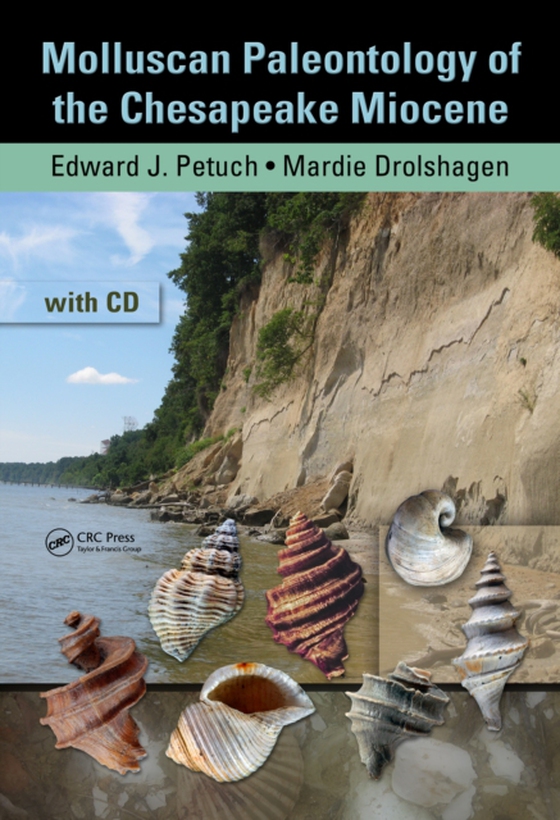
Molluscan Paleontology of the Chesapeake Miocene e-bog
436,85 DKK
(inkl. moms 546,06 DKK)
The Chesapeake Miocene will always be considered a paleontological treasure. Given the richness and accessibility of the Maryland and Virginia Miocene shell beds, it seems remarkable that very few people have ever described new species from these strata over the past 185 years. Until now. Integrating elements from paleontology, geology, environmental science, and ecology, Molluscan Paleontology...
E-bog
436,85 DKK
Forlag
CRC Press
Udgivet
20 august 2009
Længde
168 sider
Genrer
1KBBFV
Sprog
English
Format
pdf
Beskyttelse
LCP
ISBN
9781439811603
The Chesapeake Miocene will always be considered a paleontological treasure. Given the richness and accessibility of the Maryland and Virginia Miocene shell beds, it seems remarkable that very few people have ever described new species from these strata over the past 185 years. Until now. Integrating elements from paleontology, geology, environmental science, and ecology, Molluscan Paleontology of the Chesapeake Miocene assembles previous research and the authors' experience into a synoptic field guide.The most complete compendium of Miocene species created since 1904, this long-awaited resource lists nearly 500 species. It contains illustrations of 260 species, including more than 60 not found in any previous book and 26 newly discovered. It describes Chesapeake molluscan faunas in terms of local geology, paleoceanography, and marine paleobiology. Organized by stratigraphic geology, the book covers fossils of the Eastover, St Mary's, Choptank, and Calvert Formations. It illustrates 24 collecting sites and fossil exposures, showing details of in situ specimens, along with maps of 4 Miocene paleoseas and detailed stratigraphic columns for Maryland and northern Virginia. The text is accompanied by downloadable resources with color illustrations of the forty known species of ecphora shells. Armed with these, you should be able to identify the species found in the amazingly rich shell beds of the Chesapeake Bay area.
 Dansk
Dansk

